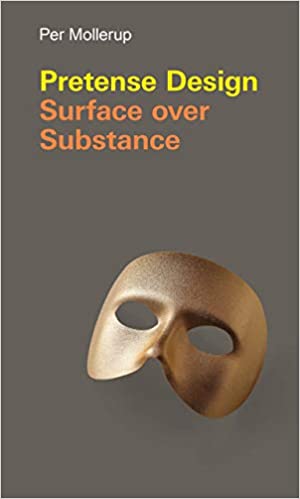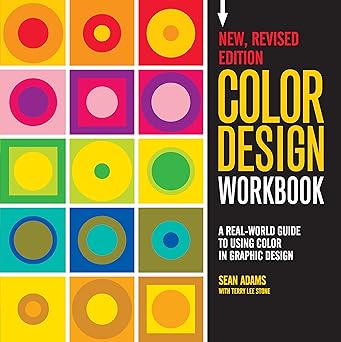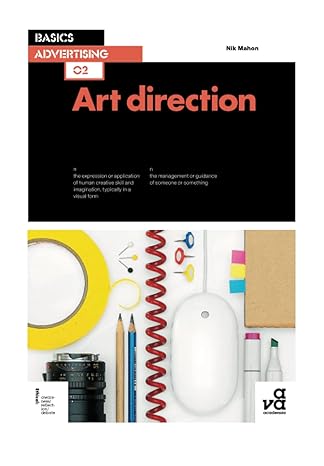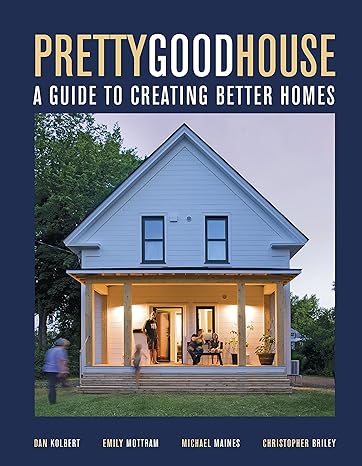How some design appears to be something that it is not—by beautifying, amusing, substituting, or deceiving.
Pretense design pretends to be something that it is not. Pretense design includes all kinds of designed objects: a pair of glasses that looks like a fashion accessory rather than a medical necessity, a hotel in Las Vegas that simulates a Venetian ambience complete with canals and gondolas, boiler plates that look like steel but are vinyl. In this book, Danish designer Per Mollerup defines and describes a ubiquitous design category that until now has not had a name: designed objects with an intentional discrepancy between surface and substance, between appearance and reality. Pretense design, he shows us, is a type of material rhetoric; it is a way for physical objects to speak persuasively, most often to benefit users but sometimes to deceive them.
After explaining the means and the meanings of pretense design, Mollerup describes four pretense design applications, providing a range of examples for each: beautification, amusement, substitution, and deception. Beautification, he explains, includes sunless tanning, high heels, and even sporty accessories for a family car. Amusement includes forms of irrational otherness—columns that don't hold anything up, an old building's façade that hides a new building, a new Chinese town that mimics an old European town. Substitution pretends to be a natural thing: plastic laminate is a substitute for wood, Corian a substitute for marble, and prosthetics substitute for human organs. Deception doesn't just bend the truth; it suspends it. Soldiers wear camouflage to hide; hunters use decoys to attract their prey; malware hides in a harmless program only to wreak havoc on a user's computer. With Pretense Design, Per Mollerup adds a new concept to design thinking.
چکیده فارسی
چگونه برخی از طراحیها چیزی هستند که نیستند - با زیبا کردن، سرگرم کردن، جایگزین کردن، یا فریب دادن.
طراحی تظاهر به چیزی است که نیست. طراحی ظاهری شامل انواع اشیاء طراحی شده است: یک جفت عینک که شبیه لوازم جانبی مد به نظر می رسد تا یک نیاز پزشکی، هتلی در لاس وگاس که فضای ونیزی را با کانال ها و گوندولاها شبیه سازی می کند، صفحات دیگ بخار که شبیه فولاد هستند اما وینیل هستند. . در این کتاب، طراح دانمارکی Per Mollerup یک مقوله طراحی همه جا حاضر را که تاکنون نامی نداشته است تعریف و توصیف می کند: اشیاء طراحی شده با اختلاف عمدی بین سطح و جوهر، بین ظاهر و واقعیت. او به ما نشان می دهد که طراحی تظاهر، نوعی لفاظی مادی است. این روشی است برای اشیاء فیزیکی برای صحبت متقاعد کننده، اغلب برای سود کاربران اما گاهی اوقات برای فریب دادن آنها.
بعد از توضیح ابزارها و معانی طراحی ظاهرسازی، Mollerup چهار کاربرد طراحی ظاهرسازی را شرح میدهد و برای هر یک نمونههایی را ارائه میدهد: زیباسازی، سرگرمی، جایگزینی و فریب. او توضیح می دهد که زیبایی شامل برنزه شدن بدون آفتاب، کفش های پاشنه بلند و حتی لوازم جانبی اسپرت برای خودروهای خانوادگی است. سرگرمی شامل اشکال دیگری غیرمنطقی است - ستون هایی که چیزی را بالا نگه نمی دارند، نمای ساختمان قدیمی که ساختمان جدید را پنهان می کند، یک شهر جدید چینی که از یک شهر قدیمی اروپایی تقلید می کند. جایگزینی وانمود میکند که یک چیز طبیعی است: لمینت پلاستیکی جایگزین چوب، کورین جایگزین سنگ مرمر و پروتز جایگزین اعضای بدن انسان است. فریب فقط حقیقت را خم نمی کند. آن را تعلیق می کند. سربازان برای پنهان شدن لباس استتار می پوشند. شکارچیان برای جذب طعمه خود از طعمه ها استفاده می کنند. بدافزار در یک برنامه بی ضرر پنهان می شود تا کامپیوتر کاربر را ویران کند. Per Mollerup با Pretense Design مفهوم جدیدی را به تفکر طراحی اضافه می کند.
ادامه ...
بستن ...










